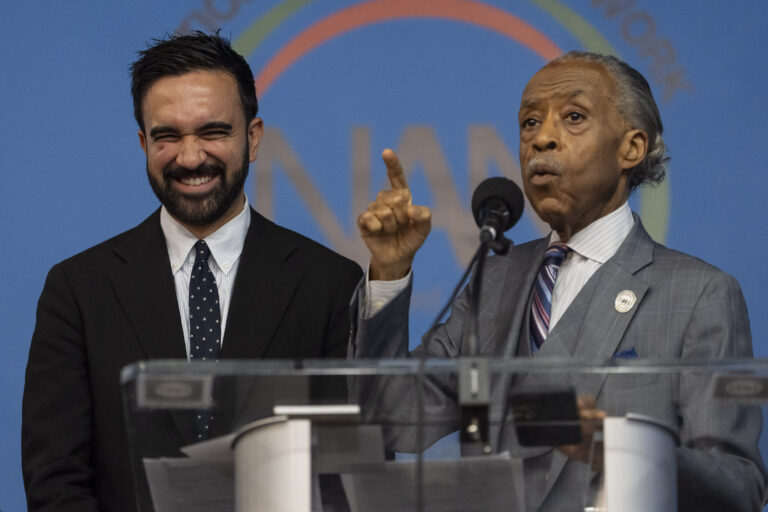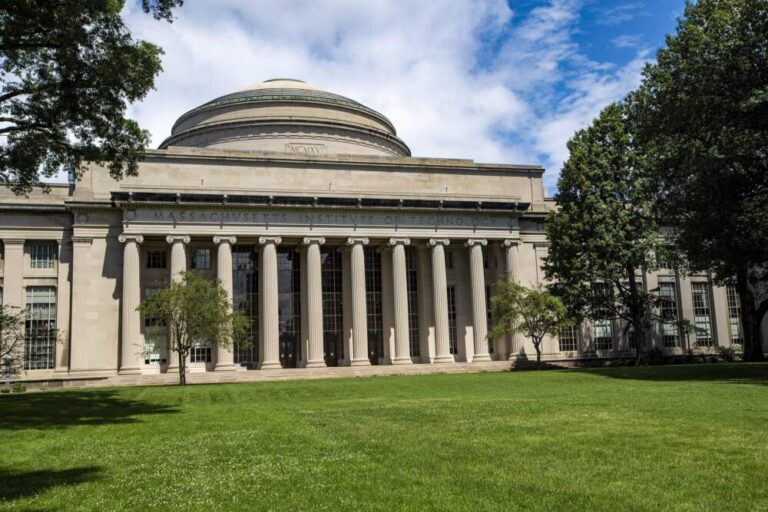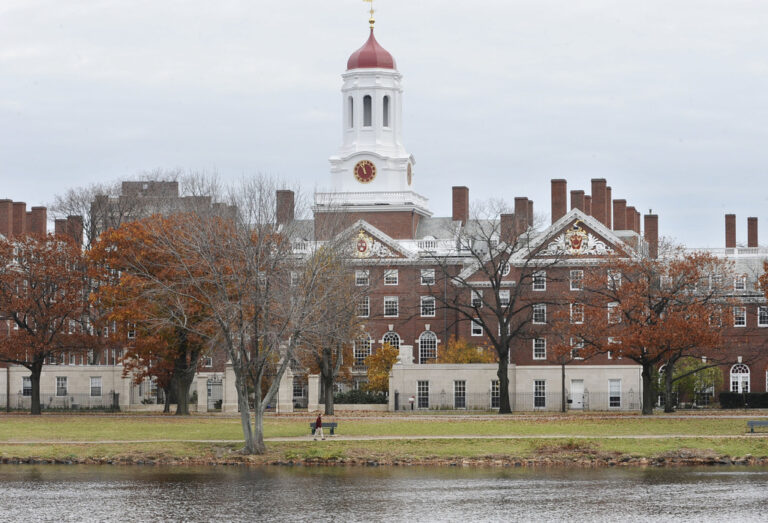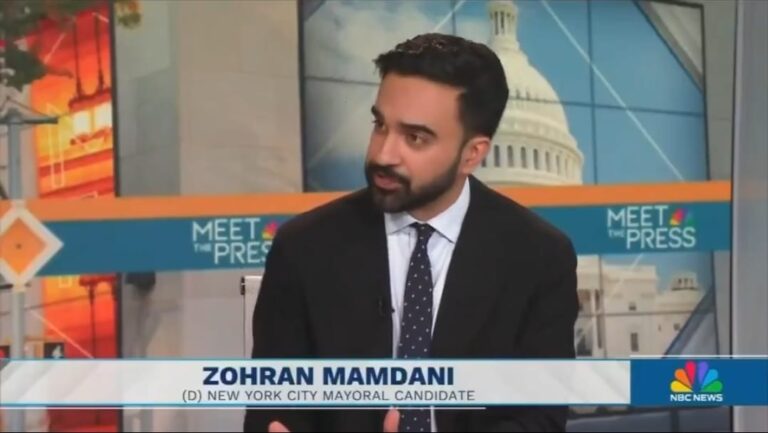 By Rabbi Yair Hoffman for the Five Towns Jewish Times
By Rabbi Yair Hoffman for the Five Towns Jewish Times
Winston Moseley, 81, the notorious man who murdered Kitty Genovese in 1964 has died in New York State prison, officials said.
The 1964 Queens slaying of Kitty Genovese, whose desperate cries for help were ignored, has become synonymous with the term urban indifference.
Officials at the time said the apathy over the attack in Kew Gardens allowed Winston Moseley, who knifed Genovese and then hid, to return and finish the job.
Moseley has spent more than 50 years in prison for the crime, and was one of the state’s longest-serving inmates. He was denied parole 18 times, including his last bid for it in November 2015.
Judge J. Irwin Shapiro added at the sentencing, “I don’t believe in capital punishment, but when I see a monster like this, I wouldn’t hesitate to pull the switch myself.”
The crime was what had spurred the adoption of the 911 system in 1968. Mosely had chased Genovese and attacked her three times on Austin Street in Kew Gardens while 38 of her neighbors watched from their windows. According to a New York Times report, not one of the 38 neighbors bothered to call the police until 35 minutes had elapsed. Kitty Genovese died because help was not called for in time.
DO NOT STAND IDLY BY YOUR BROTHER’S BLOOD
Of course, the Torah deals with this very idea: “Lo sa‘amod al dam rei‘echa”—“Do not stand idly by your neighbor’s blood” (Vayikra 19:16). The Ramban (Hosafos, Mitzvos Asei 16) as well as the Meiri (Sanhedrin 58a) rules that this verse applies to all people. This is a fundamental principle of Torah law.
CONDITIONED REFLEX
Abe Rosenthal, who would later become the editor of the New York Times, wrote a book about the Kitty Genovese case. He attributed the neighbors’ apathy to a “big city” phenomenon, where ignoring others is crucial to the psychological survival of its residents. In his book, Rosenthal wrote, “Indifference to one’s neighbor and his troubles is a conditioned reflex in life in New York.”
Perhaps backing up Rosenthal’s theory is the notion found in the Tosefta that city people somehow are different than out-of-town people. The Tosefta in Kiddushin (2:2) states that if a person purported to be a town dweller and he was really a city dweller, the marriage he had contracted is invalidated. Ostensibly, the Tosefta chose this illustration because there is a qualitative difference between city people and non-city people. Does this Tosefta indicate something about the mindset of people that live in an urban dwelling? Perhaps.
THE ELEVENTH MAN PRINCIPLE
Notwithstanding A. M. Rosenthal’s assertion, however, there is perhaps another explanation. We can perhaps dub this the “Eleventh Man Principle.” This second explanation could be best understood through a very famous Yiddish story about a small European shtetl. Only ten men lived in the shtetl, but it boasted a shul where there was a minyan for Shacharis, Minchah, and Maariv every day for ten years in a row. The town was famous across the entire country. So famous, in fact, that an eleventh man moved into the neighborhood. What transpired next?
Yes, you guessed it: the next day, no one showed up in shul.
HILCHOS SHABBOS
It may be suggested that the author of the Shulchan Aruch, Rav Yoseph Karo, was well aware of this phenomenon, as can be seen from a fascinating halachah in the laws of treating a sick person on Shabbos (O.C. 328:15). The ruling is that when doctors determine that a sick person on Shabbos requires a certain medicine, and ten people go to retrieve that medicine (in the Gemara’s case, it involved plucking a fig from a tree), all ten are patur (not liable for violating the Shabbos). The Shulchan Aruch, however, adds seven fascinating words that appear neither in the Gemara nor in the Rambam’s reformulation of the ruling. The Shulchan Aruch adds, “V’kulam yesh la’hem sachar tov me’eis Hashem”—“And all of them have a good reward from Hashem.” The Ma’amar Mordechai, one of the classical commentaries of the Acharonim on the Shulchan Aruch, explains that the Shulchan Aruch was concerned that the bystanders may not act quickly; he therefore added this clause to ensure that all ten actually would retrieve the medicine.
THE TWO EXPERIMENTS
In the 1970s, two New York City psychologists performed some startling experiments (Latané and Darley of Columbia University and NYU, respectively; see B. Latané & J. Darley, The unresponsive bystander: Why doesn’t he help? New York: Appleton-Century-Crofts, 1970). They faked emergencies in front of various people to see what the reactions of bystanders would be. In one case, they had a college student alone in a room stage an epileptic fit. When there was just one person next door, the response rate of calling for help was 85%. Yet, shockingly enough, when there were four others who also witnessed the college student’s epileptic seizure, the response rate was only 35%.
In a second experiment, Latané and Darley caused smoke to seep out from under a doorway, both in front of individuals as well as in front of people in a group. When alone, a bystander would report the smoke 75% of the time. When in a group, the bystanders reported the smoke only 38% of the time. It seems clear that when bystanders think that someone else is taking care of a situation, they are less apt to respond appropriately.
According to the Ma’amar Mordechai, this was the intent of the Shulchan Aruch. The Shulchan Aruch was well aware of this tendency within man to either assume that a situation is already taken care of by others or to assume that the problem isn’t really a problem when there are other people there, too. He addressed this issue by indicating to all that they all have tremendous merit from Hashem in responding.
RAV MOSHE ZT”L VERSUS RAV SHLOMO ZALMAN ZT”L
The issue has another corollary, as well. There is a well-known debate among halachic authorities about whether a Hatzalah driver can return home after he responds to a call on Shabbos. Rav Moshe Feinstein (Igros Moshe, O.C., Vol. IV No. 80) rules that Hatzalah volunteers may drive back, while Rav Shlomo Zalman Auerbach (Minchas Shlomo 1:8) rules that they may not.
The debate hinges upon whether there exists another type of bystander apathy. Is there a concern that if the volunteer knows he cannot drive back, he may not choose to respond quickly? Might his lack of a ride back affect his judgement as to whether to go out in the first place? Rav Moshe Feinstein, zt’l, held that it might affect him, while Rav Shlomo Zalman Auerbach, zt’l, held that it most certainly would not.
Those communities that follow Rav Shlomo Zalman’s view therefore employ a gentile to drive the volunteers back. The communities that follow Rav Moshe’s view allow the Hatzalah volunteers to drive back themselves. We can conclude from these discussions that both Rav Moshe Feinstein and the Ma’amar Mordechai posit the existence of a kind of bystander apathy that must be addressed.
The author can be reached at [email protected]











2 Responses
Fascinating article, particularly because of its analysis of Human behavior.
One other possible contributing factor to explain bystanders’ lack of response other than indifference is self-doubt and peer-pressure.
Using the example of the cited study, when alone and there’s no one else to rely upon or fear, people react. But, when others are around, people tend to look to see how others react before stepping into the breach themselves.
I think this is behind the credit and praise of Nachshon ben Aminadav for being the first to jump into the yam suf at yetzias Mitzrayim.
There was certainly no indifference on the part of the rest of klal Yisroel to explain their hesitation to jumping in. Just normal Human reticence even in the face of danger from the Mitzrim, which Nachshon overcame.
The NYT report that no one called the police was incorrect. This was actually a case of the police messing up. Kevin Cook has written a book entitled “Kitty Genovese: The Murder, the Bystanders, the Crime that Changed America” that debunks the myth.